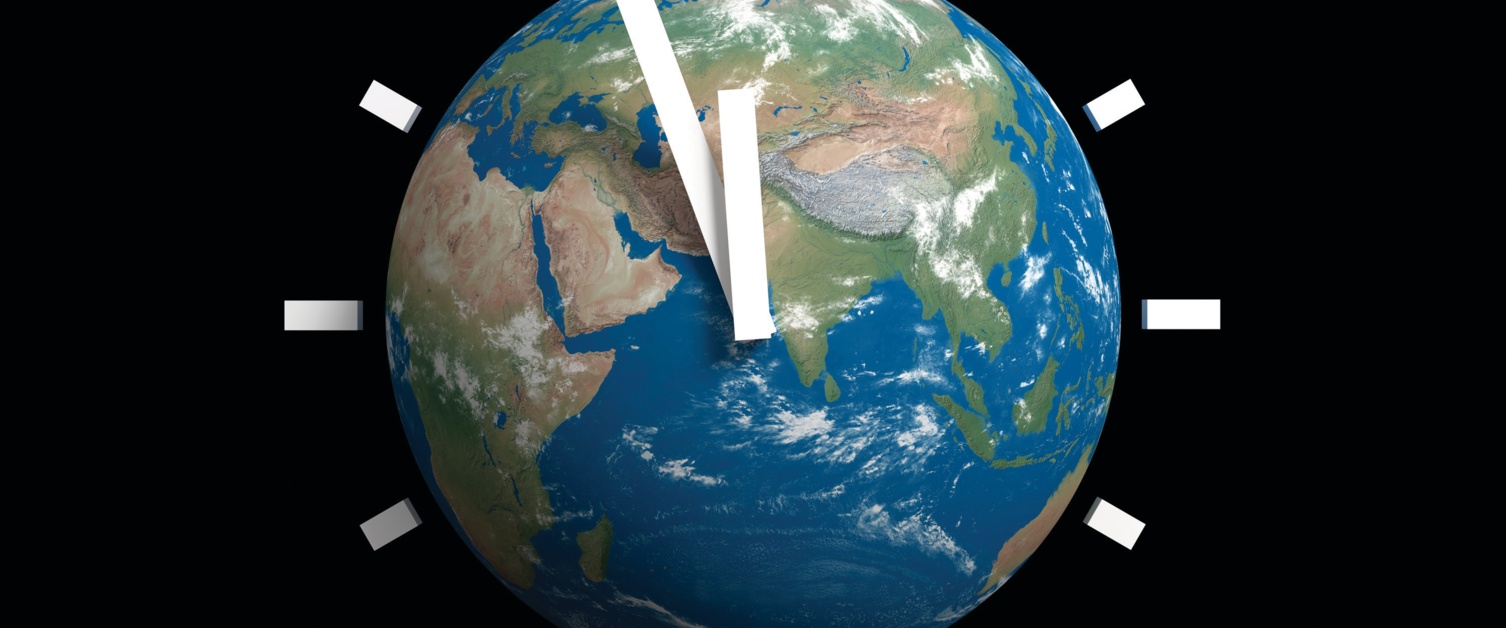Coming Back for (Milli)seconds
- By AMS Staff
- Nov 3, 2024
1.33 milliseconds per century—The amount of time since 2000 that days are getting longer because of rapidly melting ice at Earth’s poles, according to research recently published in the Proceedings of the National Academy of Sciences. As global temperatures rise and greater numbers of ice sheets and glaciers melt into the oceans, global sea levels increase and meltwater flows toward the equator. This redistributes Earth’s mass, making it thicker around the middle and slowing its daily rotation. “In barely 200 years, we will have altered the Earth’s climate system so much that we are witnessing its impact on the very way Earth spins,” says coauthor Surendra Adhikari of the California Institute of Technology. Adhikari and colleagues utilized observational data and climate models to study the influence of climate change on day length from the past to the future (the years 1900–2100). While the change in time may seem infinitesimal, it is significantly longer than any increase in the twentieth century, which varied from 0.3 to 1.0 milliseconds. And it can cause problems for technology utilized for everything from cellphone networks to GPS and space navigation. Earth’s slowing rotation has caused 27 leap seconds to be added to Coordinated Universal Time since 1972. While a number of forces influence Earth’s rotation, including the pull of the moon and processes at the planet’s core, the new research suggests that if greenhouse gas emissions continue to rise, climate change could surpass the moon’s effects as the greatest contributor to variations in the length of Earth’s day, with an increase of 2.62 milliseconds per century by 2100. [Source: CNN]
Image Credit: iStock.com/Bahobank
